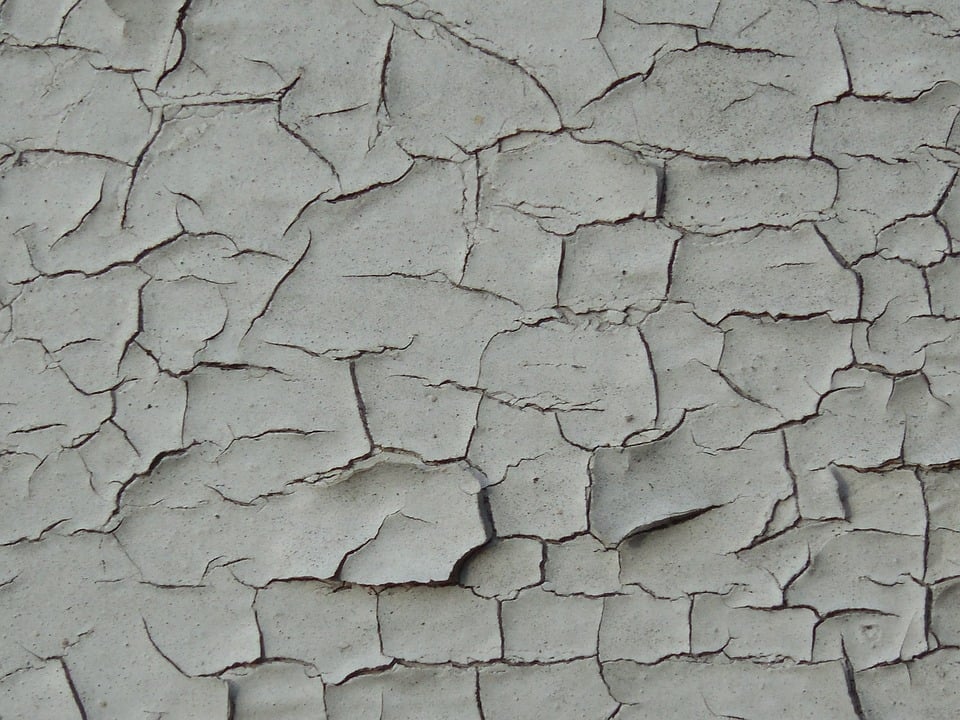
Lead paint is always disconcerting whether you’ve known about it for years or stumbled into it during a renovation or construction project. Shield Engineering’s experienced environmental engineers and technicians have helped hundreds of facilities identify, contain, and remediate lead paint over the course of more than 30 years.
Here is what they want you to know about what to do if you think there is lead paint in your facility.
Reach Out to a Professional
If you even so much as suspect lead paint in your facility, do not try to handle it yourself. The safest (and most legally-advisable) course of action is to call in a professional like Shield Engineering, to find out for sure. All professionals who renovate, construct, or otherwise work on potentially lead-hazardous occupied facilities must be certified “Lead-Safe” by the EPA or other applicable state agency.
A professional lead evaluation usually entails controlled scraping of the paint with follow-up testing performed in a reputable laboratory. Even for professionals, lead paint can be dangerous if not handled very carefully during every step of the process, including identification. Though there are several DIY lead paint testing kits available commercially, they can often be unreliable and typically require an untrained individual to come into close contact with the paint itself, which is highly unadvisable.
Create a Plan for Containment/Remediation
Once it’s been determined that you do in fact have lead paint at your facility, the lead professionals will thoroughly evaluate the premises to determine the full extent of contamination. In some cases, lead paint is limited to a small area that was painted during a specific period of time. In others, the paint may be determined to be prolific throughout the facility but acceptably contained underneath a varnish, newer paint layers or even under adjunct building materials.
If the lead paint needs to be removed, there are several widely-used methods available. The most commonly used methods include wet scraping, wet sanding (with HEPA attachment only), and low-heat removal followed by scraping. In some facilities, creating a “durable barrier” (i.e. an enclosure) with a dust-tight seal is the most tenable solution available. All methods attempt to control the level of lead “dust” produced during the process and stabilize any existing paint.
Call Shield for Lead-Based Paint Evaluation
Lead-based paint and the facilities where it is found are subject to a litany of complex compliance regulations. Title IV of the Toxic Substances Control Act, the Residential Lead-Based Paint Hazard Reduction Act of 1992, and the Lead Renovation, Repair, and Painting Rule of 2008 all outline specific rules for handling and mitigating lead for developers and construction teams.
Lead paint doesn’t have to be a deal-breaker. It can be dealt with safely and efficiently by a team with experience and proper training; Shield Engineering, Inc. is on the case.
If you have questions about how best to deal with lead paint in your development, commercial building, industrial facility, or elsewhere, reach out today to discuss your options. You may have more than you think.


